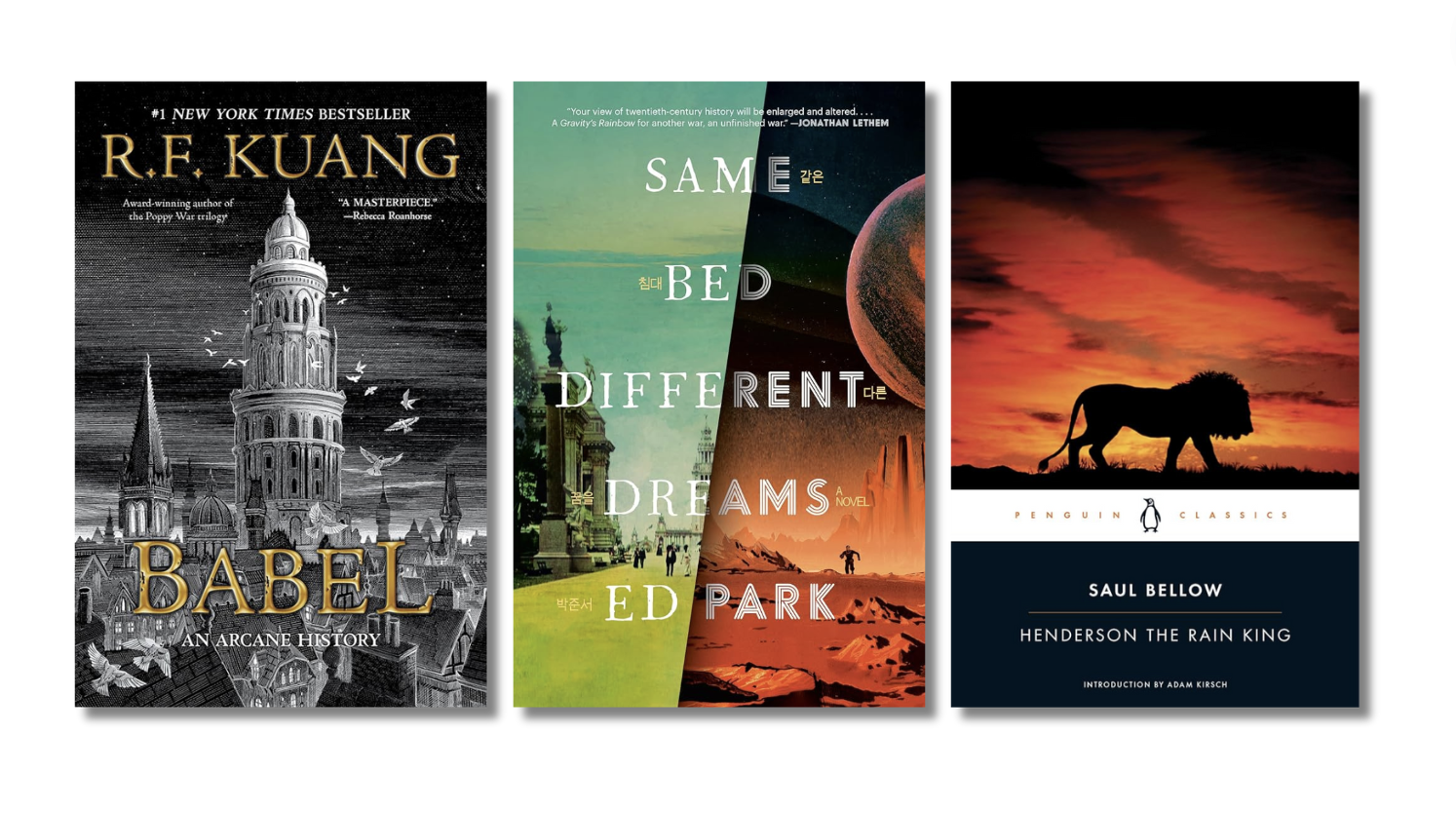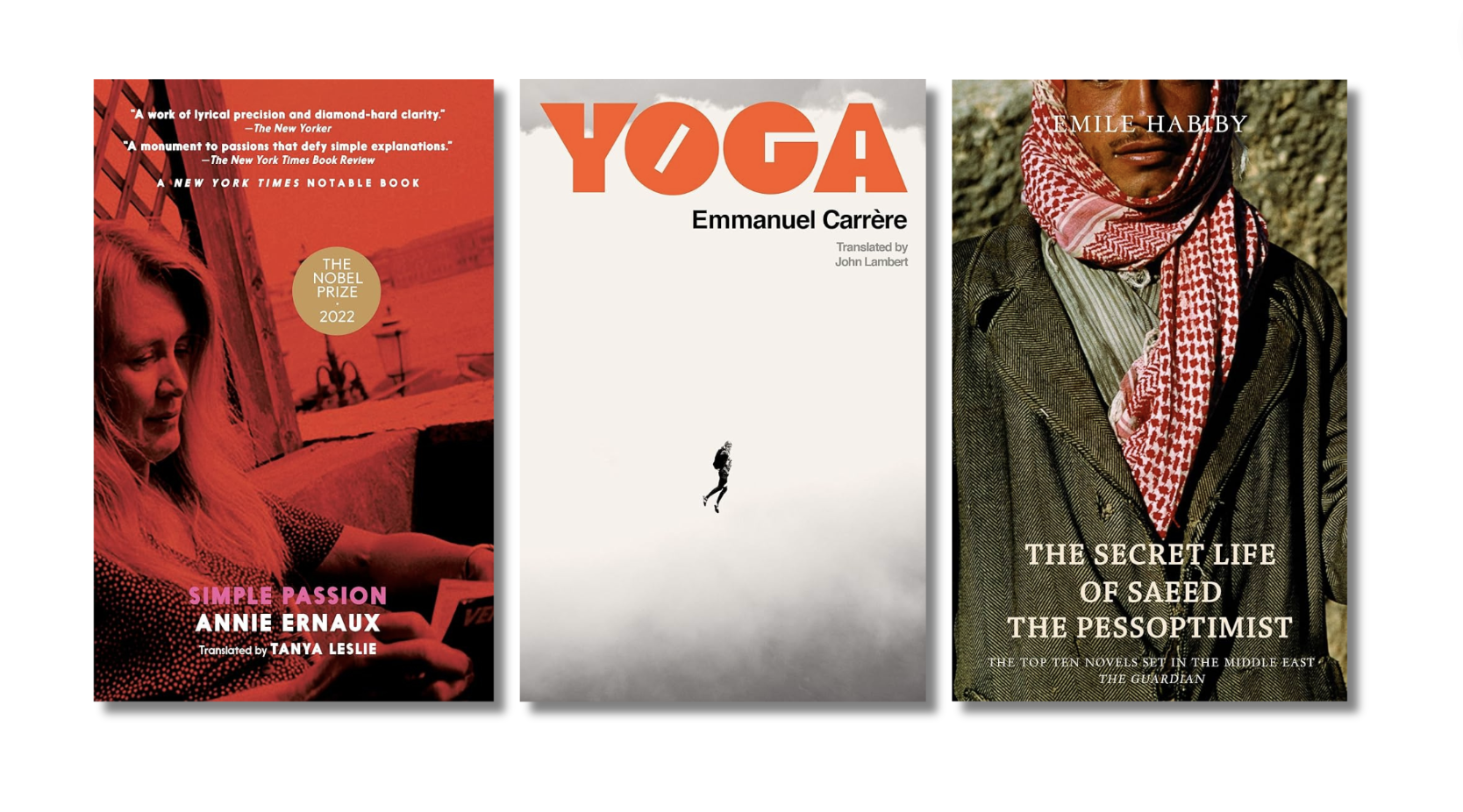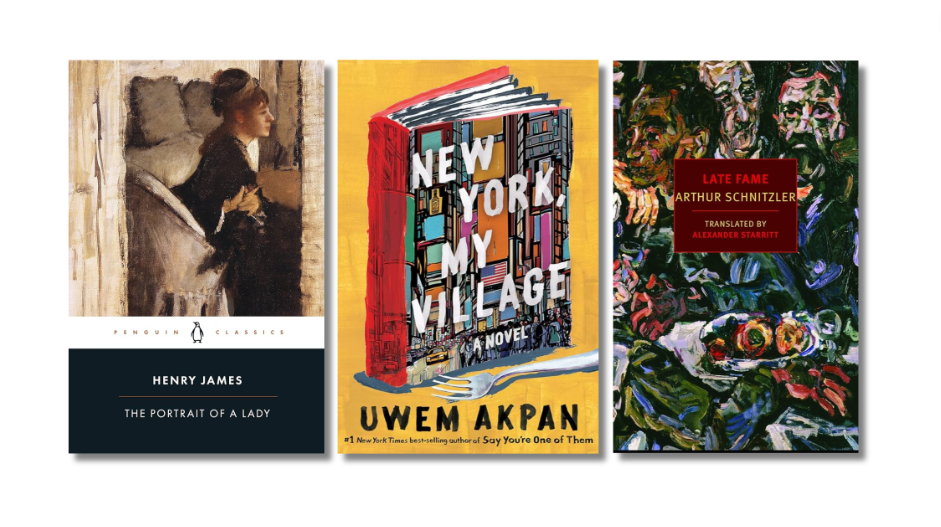
 This was the year in which I first became aware of my annual Holy Trinity of reading: End Zone by Don DeLillo, Mariette in Ecstasy by Ron Hansen, and In the Heart of the Heart of the Country by William Gass. Whatever happens to me during any given year, these are the three books I re-read, front to back, like ritual. But this year those books began to speak to each other during my reading experience. Perhaps appropriate to their respective content, I read End Zone during the summer, sufficiently inspired to do sprints on wooded trails during thick July afternoons. I settled into Gass’s book, particularly “The Pedersen Kid,” while the snow piled and piled. Hansen’s story of a stigmatic novitiate was fodder for Lent. This year I noticed that each book values atmosphere over plot, mystery over clarity. Those books are likely brothers.
This was the year in which I first became aware of my annual Holy Trinity of reading: End Zone by Don DeLillo, Mariette in Ecstasy by Ron Hansen, and In the Heart of the Heart of the Country by William Gass. Whatever happens to me during any given year, these are the three books I re-read, front to back, like ritual. But this year those books began to speak to each other during my reading experience. Perhaps appropriate to their respective content, I read End Zone during the summer, sufficiently inspired to do sprints on wooded trails during thick July afternoons. I settled into Gass’s book, particularly “The Pedersen Kid,” while the snow piled and piled. Hansen’s story of a stigmatic novitiate was fodder for Lent. This year I noticed that each book values atmosphere over plot, mystery over clarity. Those books are likely brothers.
I returned to The Stories of Breece D’J Pancake. I still wonder over the narrative economy of “The Way It Has to Be.” Perhaps moved by similar nostalgia — I began reading Pancake as an undergraduate, around the time I spent most mornings fishing — I read The Art of Angling and Fishing Stories, two rich pocket books with words that will reawaken the souls of even the most cynical anglers. Not to mention that you can find a poem by Ron Rash about a fisherman who hooks his own eye: “My hair sweeps back like an evangelist’s, / as I cross the heart of the lake / toward Swaney’s Landing where I will testify / to those sunburned old drunks / of careless moments that scar us forever.”
I was able to review a few books this year for The Millions, and they are certainly worth revisiting in future years: Its Day Being Gone by Rose McLarney, Hold the Dark by William Giraldi, The Second Sex by Michael Robbins, 300,000,000 by Blake Butler, and Fat Man and Little Boy by Mike Meginnis. Each left a mark on me.
 My reading year ended with two gorgeous new books of poetry, both debuts, both formed in the shadow of Roman Catholic culture and thought. Reliquaria by R.A. Villanueva offers shades of parochial school and the Meadowlands and how “my brother told us about the Cemetery of the Holy Sepulchre, / cut in half by the Parkway.” Villanueva’s volume is a lyric documentation of, among other themes, Filipino faith, a belief absolutely bound in the corporeal. Saints populate this book. Bodies, living and dead, real and imagined, are broken. It is also a book of the venial dissensions of childhood: a botched biology class dissection that turns heretical, and when the narrator dares a friend to “throw a bottle of Wite-Out at Christ’s face.” Any book authentic to the Catholic tradition will have its eye toward ashes, and Villanueva’s elegiac moments are sharp: “When you bury me, fold / my arms, neat // over the plateau of a double-breasted suit”; “I promise my ghost will find you / should you want someone else to love.” Villanueva’s book wonders about childhood, family, the distance from original culture, and of things eternal: “So what is it we’ve saved? Skull? Soul? Vulture? / Maybe this earth, turned in on itself and made.”
My reading year ended with two gorgeous new books of poetry, both debuts, both formed in the shadow of Roman Catholic culture and thought. Reliquaria by R.A. Villanueva offers shades of parochial school and the Meadowlands and how “my brother told us about the Cemetery of the Holy Sepulchre, / cut in half by the Parkway.” Villanueva’s volume is a lyric documentation of, among other themes, Filipino faith, a belief absolutely bound in the corporeal. Saints populate this book. Bodies, living and dead, real and imagined, are broken. It is also a book of the venial dissensions of childhood: a botched biology class dissection that turns heretical, and when the narrator dares a friend to “throw a bottle of Wite-Out at Christ’s face.” Any book authentic to the Catholic tradition will have its eye toward ashes, and Villanueva’s elegiac moments are sharp: “When you bury me, fold / my arms, neat // over the plateau of a double-breasted suit”; “I promise my ghost will find you / should you want someone else to love.” Villanueva’s book wonders about childhood, family, the distance from original culture, and of things eternal: “So what is it we’ve saved? Skull? Soul? Vulture? / Maybe this earth, turned in on itself and made.”
 The second book, Bone Map by Sara Eliza Johnson, is well-paired with Reliquaria (what minor miracle of publishing that two secular presses — University of Nebraska Press and Milkweed Editions — release exquisitely crafted, meditative books about God and absence during the same year). I’ve been a fan of Johnson’s verse in literary magazines for some time; her poems have the ability to clear the air, to pause the mind. I am preternaturally disposed to love a book that begins with an epigraph of that wracked, devoted disbeliever, Ingmar Bergman. I thought of Bergman’s Hour of the Wolf while reading many of her pieces, including “Deer Rub.” A deer rubs its forelock and antlers against a tree, and the “velvet that covers the antlers // unwinds into straps, like bandages.” And then she manages quite the poetic turn; rain falls, “washes the antlers / of blood, like a curator cleaning the bones // of a saint in the crypt beneath a church / at the end of a century, when the people // have begun to think of the bodies / as truly dead and unraiseable.” This is why I read poetry: to see how words transfigure, how associations bring new life. By the end of the poem, the deer is dead. The bark has regrown. But the scene has a permanence “long after this morning / when the country wakes to another way, // when two people wake in a house / and do not touch each other.”
The second book, Bone Map by Sara Eliza Johnson, is well-paired with Reliquaria (what minor miracle of publishing that two secular presses — University of Nebraska Press and Milkweed Editions — release exquisitely crafted, meditative books about God and absence during the same year). I’ve been a fan of Johnson’s verse in literary magazines for some time; her poems have the ability to clear the air, to pause the mind. I am preternaturally disposed to love a book that begins with an epigraph of that wracked, devoted disbeliever, Ingmar Bergman. I thought of Bergman’s Hour of the Wolf while reading many of her pieces, including “Deer Rub.” A deer rubs its forelock and antlers against a tree, and the “velvet that covers the antlers // unwinds into straps, like bandages.” And then she manages quite the poetic turn; rain falls, “washes the antlers / of blood, like a curator cleaning the bones // of a saint in the crypt beneath a church / at the end of a century, when the people // have begun to think of the bodies / as truly dead and unraiseable.” This is why I read poetry: to see how words transfigure, how associations bring new life. By the end of the poem, the deer is dead. The bark has regrown. But the scene has a permanence “long after this morning / when the country wakes to another way, // when two people wake in a house / and do not touch each other.”
Johnson’s poems feel like a series of engravings discovered in an abandoned cabin deep in the forest; each is its own folkloric song. In “Confession,” one of the few prose poems in the book, a dream becomes a myth: “I hide under a thought of light, not incineration. The thought is a cloak I wake into gently; it is cold in the room, and I am hungry but whole.” I thought also of “Sea Psalm,” which begins so powerfully: “Lord, this is not your world. I am not yours / but also not mine. Not your passenger. Not your saint at the helm, the machinery // of my hands turning like clocks.” These moments of distance become full when the collection ventures further and further into the cold, as in “Letter from the Ice Field, January,” which is beautifully grotesque, Catholic gothic: “I stopped, and walked down into the crypt, knowing a saint had lain there for centuries. Her mouth lay open, as if to ferry over the word of a messenger. The saint had my face. The saint woke and rose from her coffin, and gave me her skin, which is a map of the earth, and her eyes, which see every planet. I took out my eyes and put hers in, then climbed into her empty coffin, my body glowing as hers had: like a femur in a fire, its marrow burning across the length of me.” The poem ends “Inside me you have learned to speak impossibly.” Bone Map was a reminder of how it felt to be devastated, made new by poetry. I can’t expect much more from a book.
More from A Year in Reading 2014
Don’t miss: A Year in Reading 2013, 2012, 2011, 2010, 2009, 2008, 2007, 2006, 2005
The good stuff: The Millions’ Notable articles
The motherlode: The Millions’ Books and Reviews
Like what you see? Learn about 5 insanely easy ways to Support The Millions, and follow The Millions on Twitter, Facebook, Tumblr.



















